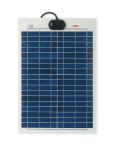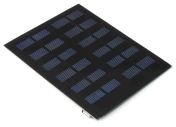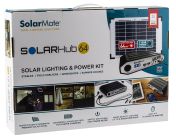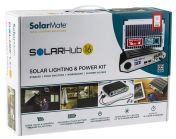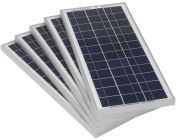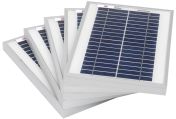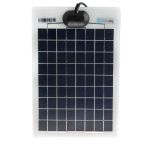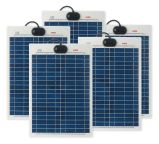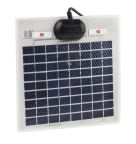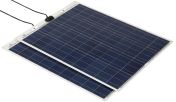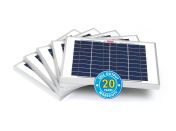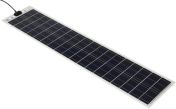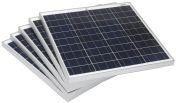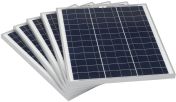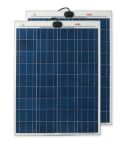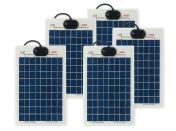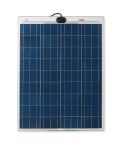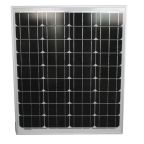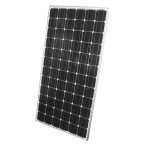Solar Panels
Photovoltaic (PV) is the term related to the conversion of light into electricity using semiconducting materials that exhibit the photovoltaic effect. A typical use of this technology is solar panels which comprise of solar cells that generate solar power. They can be installed on south-facing roofs, walls or on the ground, and can be fixed or have a solar tracker that follows the sun across the sky. The installation of solar panels is highly beneficial for both private and commercial users as the solar energy turned into electricity can be sold to the energy supplier. The feed-in tariff can reduce energy bills and cost of solar panel installation.
The advantage of this type of energy source is that it is clean energy, so generates no pollution and no greenhouse gas emissions. It is however dependent on direct sunlight so around 10% to 25% is lost when a tracking system is not used.
How Does a Solar Panel Work?
The solar cells within a solar panel produce direct current electricity from sunlight. The solar panels consist of several solar cells which contain layers of photovoltaic material, usually silicon. When sunlight shines on the cells they create an electric field across the layers. The more sunlight there is, the more electricity is produced.
Solar inverters are then used to change the electric current from DC to AC. The electricity is then sent using copper solar cables which connect modules, arrays, and subfields.
What are typical applications of solar panels?
Most photovoltaic solar panels are used for grid-connected power generation, however, they can also be used on:
- Boats
- Roadside emergency telephones
- Electric cars
How much energy can solar panels generate?
Photovoltaic solar panels can often be seen on the rooftops of houses. Typically, residential rooftop systems generate around 5 kWh to 10 kWh of energy whereas commercial rooftop systems can generate several hundred kilowatts. Rural villages in developing countries which do not have access to grid power are also using solar panels to create solar farms.
Related links
- Solar Technology 80W Kit Photovoltaic Solar Panel
- Panasonic 190mW Amorphous Solar Cell solar panel
- Phaesun 200W Photovoltaic Solar Panel
- RS PRO 80W Polycrystalline solar panel
- Phaesun 80W Photovoltaic Solar Panel
- Energy Efficiencies of Solar Panels and Solar Cells
- Solar Panel Water Heating
- Guide to Solar Cables
